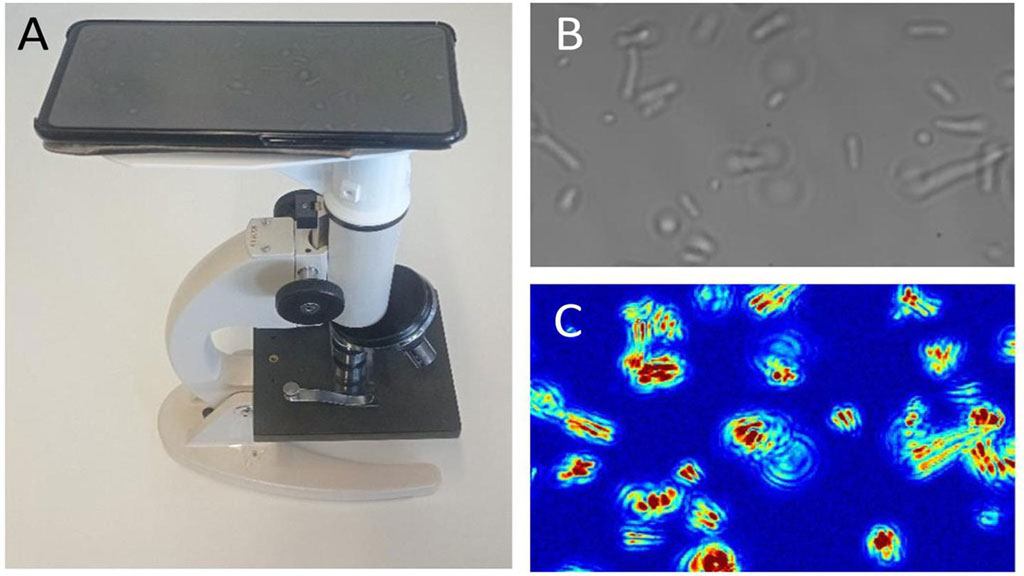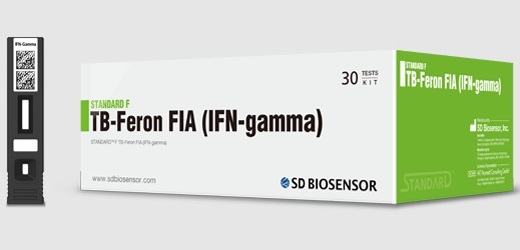Fast, Cheap, and Easy Testing Method Could Become a Game-Changer in Antibiotic Sensitivity Testing
Posted on 26 Apr 2023
Antibiotic resistance, which has become a critical global public health issue, occurs when bacteria evolve to withstand the drugs designed to eliminate them. Antibiotic sensitivity testing (AST) typically involves culture or genetic methods to determine bacterial resistance. Conventional ASTs can take up to 24 hours or longer for slow-growing bacteria, a critical period in clinical settings. Although faster ASTs have been developed, they often require complex and costly equipment. Researchers have now created a rapid, affordable, and accessible method based on optical microscopy that can perform AST at the single-cell level without needing to attach or label bacteria. The technique utilizes a standard optical microscope, a camera or mobile phone, and specialized software.
The new technique developed by researchers at EPFL (Lausanne, Switzerland) and Vrije Universiteit Brussel (Brussels, Belgium) is called optical nanomotion detection (ONMD) and monitors the nanoscale vibrations of individual bacteria before and during antibiotic exposure. Monitoring is performed using a basic optical microscope and a video camera or mobile phone. ONMD observes the microscopic oscillations (nanomotion) of bacterial cells, which signify living organisms and serve as a "signature of life." Nanomotion persists as long as the organism is alive, ceasing immediately upon death. In ONMD, bacterial nanomotion is captured in a video where individual cell movements are monitored with sub-pixel resolution.

Researchers successfully applied ONMD to detect the sensitivity of various bacteria to antibiotics, determining the sensitivities of Escherichia coli, Staphylococcus aureus, Lactobacillus rhamnosus, and Mycobacterium smegmatis (a non-pathogenic bacterial model for tuberculosis) sensitivities to antibiotics like ampicillin, streptomycin, doxycycline, and vancomycin in under two hours. ONMD not only tracks bacteria's life-death transitions upon antibiotic exposure but also reveals changes in bacterial metabolism due to nutrient availability. Tests demonstrated that ONMD can quickly and simply evaluate bacterial sensitivity or resistance to antibiotics by monitoring cellular oscillations. The researchers believe that the method's simplicity and effectiveness make it a game-changer in AST, with far-reaching implications for clinical and research applications, as it can be applied to a wide variety of bacteria.
“We have developed a technique in our laboratories that allows us to obtain an antibiogram within 2-4 hours – instead of the current 24 hours for the most common germs and one month for tuberculosis,” said Dr. Sandor Kasas at EPFL.
“Our technique is not only faster but also simpler and much cheaper than all those existing now,” added Professor Ronnie Willaert at Vrije Universiteit Brussel.
Related links:
EPFL
Vrije Universiteit Brussel








 (3) (1).png)





